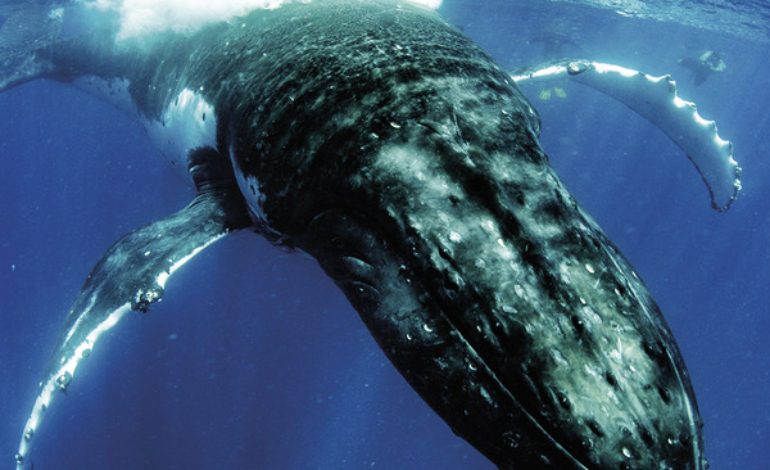

An amelodic stagnation
It’s not uncommon for an experimental record to be, well, experimental. But it is somewhat odd for it to contain nothing. Experimental music has often prided itself on being a test run, or an experiment (if you will). It’s a proving ground for unorthodox ideas that can later be co-opted into more popular or “successful” forms of music. Some bypass this altogether and create full-fledged works of art within their own records, but some are content to explore singular elements to the point of exhaustion. The latest album by Dark Morph, a side project of Jónsi of the band Sigur Rós and composer Carl Michael von Hausswolff, tends toward the latter, though sadly it explores little of note and passes by without so much as a whisper.
As a member of Sigur Rós, it should not be too much to expect that Jónsi knows how to construct a song. And sure, we can all admit that Dark Morph II is not supposed to be a showcase for the more typical Sigur Rós fare. However, that doesn’t mean it has to be the void that it is. “Dive-in,” the opening track, is almost imperceptible outside of its colossal length. This 20-minute song stretches on and on. There are no dynamics at play, no melodies, no rhythm, nothing. To be fair, it is somewhat relaxing, though the sounds of the sea may prove to be stressful for some. Ultimately this track goes nowhere and accomplishes nothing. But wait: wouldn’t that make it ambient music? No. When compared to other ambient music, even this record falls short. Ambient is commonly used to enhance the experience of day to day life, imbuing emotion into small moments like a film soundtrack. Dark Morph II does none of this. The record is entirely aimless, a series of found sounds with almost no curation or construction to speak of, making it an endlessly frustrating project from a musician who should know better.
There are of course two other tracks, as well as the thesis statement of the project as described by Jónsi. Those who have asked Jónsi about the function or goal of the Dark Morph project have been told that the goal of the project is to “explore the ramifications of ongoing environmental collapse to the oceans and its inhabitants.” While this goal is admirable, and certainly necessary, the way in which Jónsi approaches it does little to convince the audience. It is a series of mindless whirs and the occasional cry of a whale, a radar monitor would provide an equal amount of entertainment. The second track “The Humpback Whale Choir” largely suffers from the same issue as the first track, but the cries of the humpback whales at least add some texture.
The only moment when the album gains any semblance of excitement is during “Dark Wave.” As the third and final track of Dark Morph II, “Dark Wave” actually incorporates elements. There is a rhythm here, and some sense of a melody as well. The track is actually quite compelling and forces the listener outside of the quiet zone that the rest of the record has thrust them into. If one were to venture a guess, this track represents the negative impact of humanity on all the peaceful sounds that we heard earlier. While all that is well and good, the message tends to fall flat if it is more interesting than the peace that the interruption is disturbing.
It’s difficult to label this album as anything more than a frustration. We should expect that Jónsi would know better than to release something with so little cohesion and force behind it. It is clear through his statements surrounding the project that he aimed to do something lofty with his platform. Sadly, Dark Morph II falls flat in nearly every conceivable way, leaving us with a dull, aimless and often confused record.
